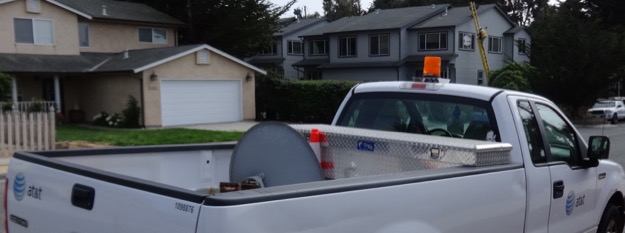AT&T paints false fiber picture with official service reports

Fiber claims but copper service levels.
There’s something odd about the broadband availability data that AT&T submits to the California Public Utilities Commission. While doing research for the Broadband Infrastructure Assessment and Action Plan I recently completed for the City of West Sacramento (and from which this blog post liberally borrows), I noticed that AT&T claims to provide fiber-to-the-premise service (FTTP), and only FTTP service, in 31 West Sacramento census blocks, which represents 6% of AT&T’s service area.… More


![By Topjur01 (Own work) [CC BY-SA 3.0 (https://creativecommons.org/licenses/by-sa/3.0)], via Wikimedia Commons](https://www.tellusventure.com/images/2017/6/graduation.png)





![By KTo288 (Own work) [CC BY-SA 3.0 (https://creativecommons.org/licenses/by-sa/3.0) or GFDL (https://www.gnu.org/copyleft/fdl.html)], via Wikimedia Commons](https://www.tellusventure.com/images/2017/2/crowd.jpg)
![By Vzach (Own work) [Public domain], via Wikimedia Commons](https://www.tellusventure.com/images/2017/1/tmobile_peleton.jpg)